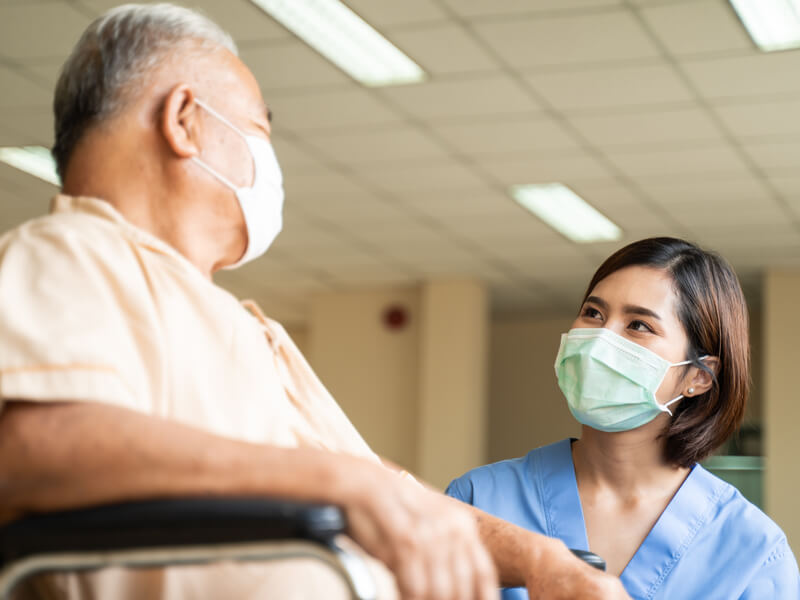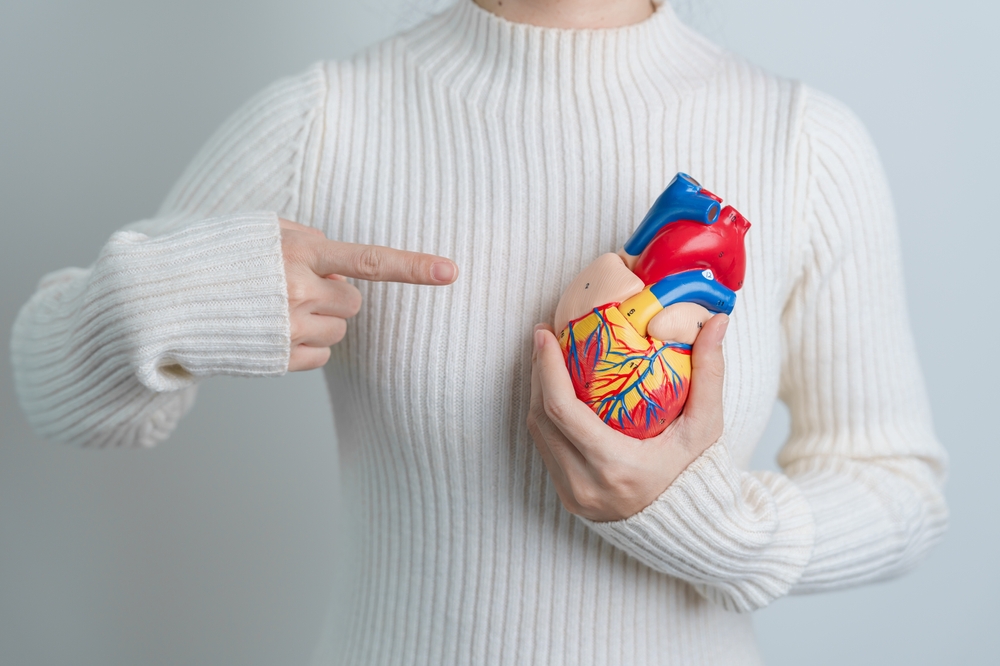
Arteriosclerosis is a condition in which blood flow is impaired.
When arteriosclerosis progresses, it becomes a factor that causes terrible diseases such as myocardial infarction and cerebral infarction.
Arteriosclerosis is a word that is often heard on a daily basis.
But did you know that there are three types of arteriosclerosis?
In this article, we will introduce the following in addition to how arteriosclerosis occurs.
- What are subjective symptoms of arteriosclerosis?
- What causes arteriosclerosis
- How to treat arteriosclerosis
- How to prevent arteriosclerosis
I would appreciate it if those who started to worry about their health, such as "I'm worried about my health lately..." or "Is this symptom okay?" Please read it to the end and use it to deepen your knowledge about arteriosclerosis.
table of contents
1. What is arteriosclerosis

The venous effect is a silent disease that causes no pain or discomfort.
And by repeating an unhealthy lifestyle, the incidence rate increases with age, and it can cause diabetes, hypertension, dyslipidemia, etc., so be careful.
1-1. Medial hardening
Medial sclerosis is arteriosclerosis caused by accumulation of calcium in the media of blood vessels.
Blood vessels are made up of three layers called the intima, media and adventitia.
When calcium adheres to this central membrane, it calcifies and becomes hard and brittle. This can lead to rupture of blood vessel walls.
Medial sclerosis is common in the aorta, lower extremities, and cervical arteries.
1-2. Atherosclerosis
Atherosclerosis is a type of arteriosclerosis caused by the accumulation of lipid masses containing cholesterol inside the arteries.
The accumulation of protruding lipid masses thins the surface membrane and can rupture the vessel wall. As a result, a blood clot called a thrombus appears.
Atherosclerosis tends to occur in large blood vessels such as arteries and cerebral arteries.
1-3. arteriosclerosis
Arteriosclerosis is a type of arteriosclerosis caused by hardening of small arteries in the kidneys and brain.
As the artery walls thicken, the arteries become narrower and blood flow is restricted. The main cause is long-term lifestyle-related diseases such as diabetes and hypertension.
2. Subjective symptoms related to arteriosclerosis
The scary thing about arteriosclerosis is that there are no noticeable symptoms.
Therefore, arteriosclerosis is often detected by physical examinations and blood tests. When subjective symptoms appear, it is likely that arteriosclerosis has progressed considerably. Therefore, it is not uncommon to notice arteriosclerosis after having a cerebral infarction or myocardial infarction.
Symptoms also differ depending on the site of arteriosclerosis.
The following are the main parts and symptoms.
| site | symptoms |
| brain | Headache, dizziness, tinnitus, weak hands and feet, slurred speech |
| heart | Motivated by a little movement, easily tired |
| legs | Numbness, pain in feet even at rest |
3. causes of arteriosclerosis
Arteriosclerosis is said to have various causes.
The main reason is our daily habits. People with the following are at high risk of developing arteriosclerosis:
- Disturbed circadian rhythms (eating, sleeping)
- Lack of exercise
- high alcohol intake
- stressful
- slightly obese
- Over 40
- Family members with a history of angina pectoris or myocardial infarction
did you get it? If this applies to you, please pay attention to arteriosclerosis.
4. Treatment method for arteriosclerosis
Arteriosclerosis, a serious disease, can occur even if you are careful about your lifestyle.
From here, I will briefly explain how to treat after arteriosclerosis.
4-1. Common treatment methods for arteriosclerosis
There are two common methods of treating arteriosclerosis.
- diet remedy
- drug therapy
As the name suggests, diet therapy involves changing your eating habits.
It is a treatment method that mainly restricts the amount of alcohol and receives guidance from a doctor about a balanced diet.
Drug therapy is performed when diet does not improve the condition. Take cholesterol-lowering drugs or drugs that dilate blood vessels to improve blood flow.
However, when the blood flow is considerably poor or the inside of the blood vessel is clogged, catheter therapy or surgical therapy is used. In that case, arteriosclerosis worsens, and there are many cases of diseases such as myocardial infarction and angina pectoris.
4-2. regenerative medicine
Regenerative therapy is the use of cells to restore lost functions.
Since humans have the ability to regenerate from the beginning, it is a characteristic treatment method that uses regenerative ability instead of medicine to restore it to its original state.
There are high expectations for regenerative medicine, where research is progressing, even for diseases for which there is no cure other than transplantation.
reference:Regenerative Medicine Center|Introduction of each department
5. Arteriosclerosis prevention method
The way to prevent arteriosclerosis is to improve lifestyle habits.
- balanced diet
- moderate exercise
- moderate amount of alcohol
- no smoking
It's going to be basic, but it's going to be the basics of prevention.
It is also important to be conscious of fish oil rather than meat oil. Fish oil can be expected to reduce cholesterol and triglycerides in the blood and improve blood flow, so be conscious of it.
Also, try to exercise at least 30 minutes a day. It's important to do it within reason. If you are unable to improve your lifestyle habits, it is one way to consult a doctor, so feel free to consult with us.
6. Summary: Subjective symptoms of arteriosclerosis are not noticeable, so pay attention to your daily habits
Arteriosclerosis is a terrible disease that has no subjective symptoms and can lead to serious illness.
Many of the causes are related to lifestyle habits, and it can be said that it is a familiar disease in our lives. To prevent arteriosclerosis, it is important to adjust your lifestyle. Also, for early detection, be aware of regular health checkups.
It's a life-threatening disease, so let's make a solid lifestyle and be careful from around the day.
In addition, regenerative medicine using stem cells etc.Treatment methods that have been shown to be effective in the field of preventing myocardial infarctionis.
Research and clinical trials are still ongoing, but regenerative medicine such as stem cells is still used as a treatment method. In the future, it will be developed as a more familiar treatment. We hope that you will take this opportunity to develop an interest in regenerative medicine, acquire knowledge about it, and actually consider treatment.
Knee pain and neuralgia do not go away easily. She has been suffering from illness and beauty for many years. Please feel free to contact us if you have any concerns regarding your daily life.
Omotesando Helene Clinic specializes in regenerative medicine that does not place a burden on the body, and provides pre-counseling for those who cannot immediately start treatment.
"I'm curious, but I can't decide if prevention is really necessary now." You may be at risk of wandering life and death without realizing it, so Please feel free to contact us.
・Inquiry form (LINE, We Chat, email support):https://stemcells.jp/contact/
[Regenerative Medicine Outpatient] 03-3400-2277
Supervision: Dr. Yasushi Tsuda
